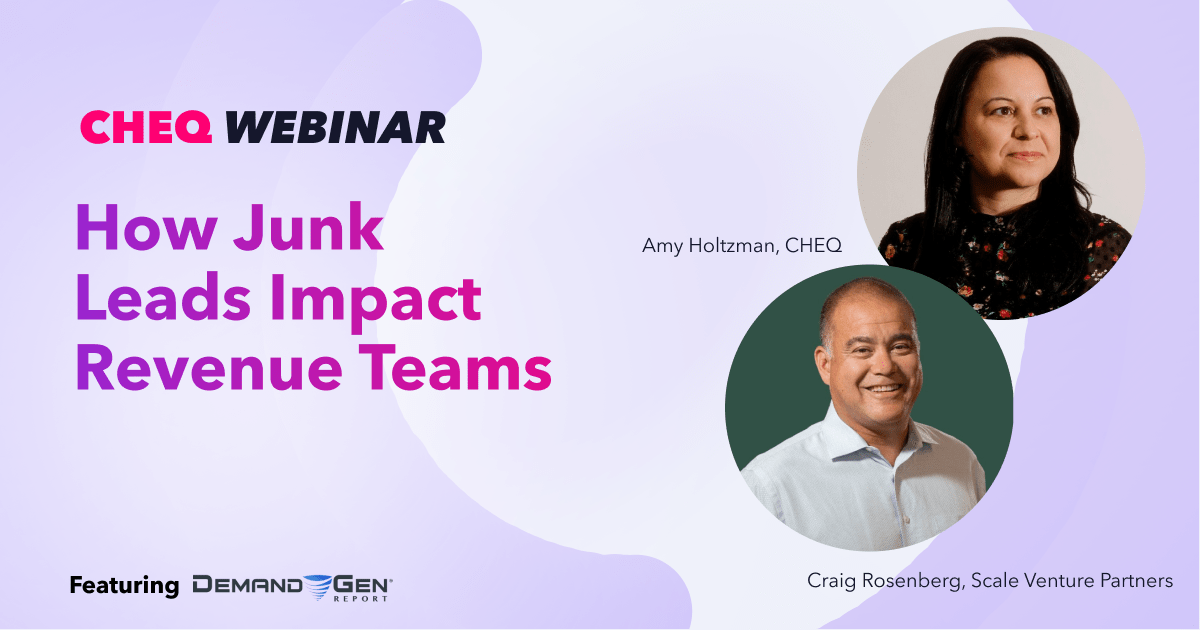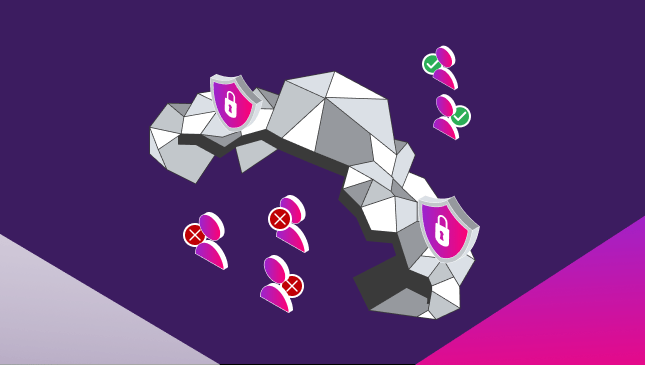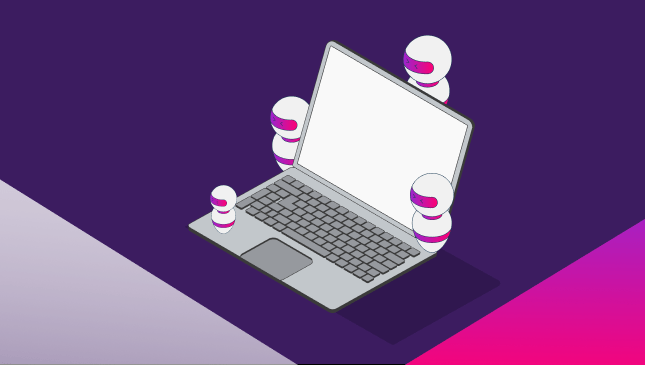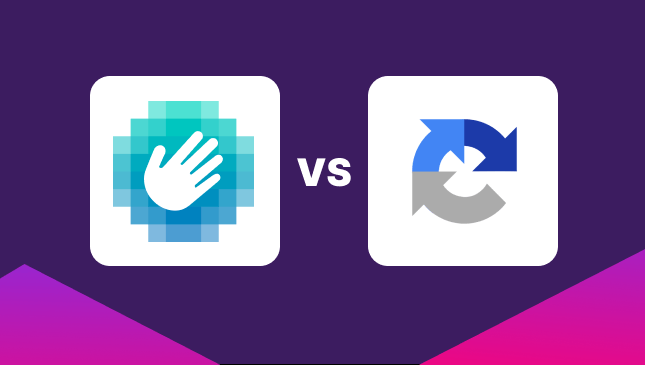What is Bounce Rate? The Causes and the Fix
Oli Lynch
|Marketing | January 05, 2023
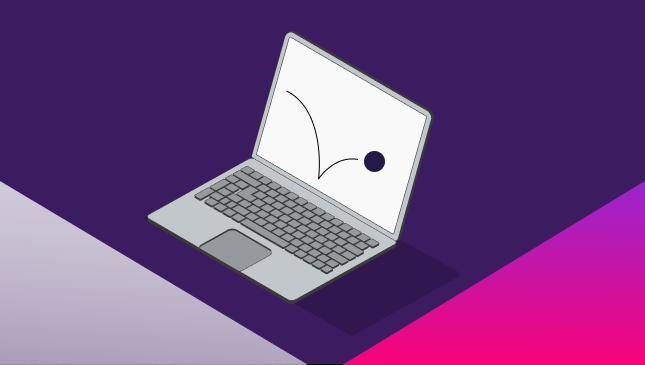
Bouncing on your ads? You don’t want that… Do you?
You’ve probably seen the bounce rate referred to in your Google Ads or online guides to website marketing. So what exactly is the bounce rate?
Is there a good and a bad bounce rate? And what can you do to improve it?
What is bounce rate?
When a visitor visits a webpage or social media profile and clicks away without completing the required action, this is referred to as bounce rate.
It can also refer to a quick page view or a single page visit.
The visitor clicks into your page and clicks back, effectively bouncing away.
You have probably done this before on websites, perhaps if they took too long to load, or they looked horrible, or they just weren’t what you were expecting.
And that, quite simply, is a bounce rate.
But there is much more to bounce rates than meets the eye.
What can cause a ‘bounce’?
When visitors hit your webpage, you probably want to keep them on your site long enough to complete an action.
It might be to book an appointment, download a resource or buy one of your products. But why would they click your link and then click back without completing the action?
I touched on a few of the things that might contribute to a high bounce rate above. But these are factors you might need to look at if you are seeing lots of bouncing traffic on a regular basis.
1. Slow website
Our online patience can be pretty thin. If a site doesn’t load within seconds, well… There are plenty of other sites we can try which will probably load quicker.
A slow-loading website or page is most likely to be the main cause of a high bounce rate.
Check your website load speed, and try to optimize this as a priority.
Factors that might cause a slow load speed include:
- Large images
- Uncompressed embedded videos
- Cheap web hosting
- Site design or architecture (i.e., the code that runs your site)
- Multiple extensions or plugins
- Lots of ads or other externally loaded content
- Redirects or outdated certificates (e.g., expired https certificates)
There are tools you can use to check your load speed – and it’s strongly recommended you run a diagnostic on your site.
If you do have a problem with your site speed, you can get around this by using optimised landing pages. Talking of which…
2. Not using (or using poor quality) landing pages
When visitors click your ad, they usually want to be taken straight to the product or service they’re looking for. Not just your standard home page or ‘contact us’ page.
The best way to get and keep customers on your site is to use a landing page.
Landing pages allow you to create a specific page related to the search campaign or terms you’re targeting.
As an example, if you sell bicycles and you run a campaign for ‘kid’s bikes for Christmas,’ your visitor will want to click straight into a landing page for kids bikes. They don’t want to filter out adult bikes, e-bikes, and scooters.
Having a landing page is one thing. But having a cluttered, confusing, or poorly targeted landing page is as bad as not having one at all.
There are many sites that let you create simple optimised landing pages, such as Unbounce or Leadpages.
Many content management sites like WordPress, Shopify, or Wix will give you access to landing page builders. These can help you build a particular page designed to target those specific searches or highlight your specific product line.
3. Your ad content vs. your product
People searching take seconds to scan and click the search results. Ad copy needs to hook the searchers’ attention and make them want to click.
But then… Your website needs to deliver.
This is usually where your landing page will do its work. So there is very much a connection between your well-optimised ad and the page the visitor lands on.
But it’s also about whether your product is really what they were looking for.
Sometimes ad copy can be so vague it’s hard to tell if it’s going to offer the result we want. So we click, and, oh hey… This isn’t what I was expecting.
To get around this:
- Target narrow or well-defined search terms rather than general or broad keywords
- Create well-optimised descriptive content telling people exactly what they should expect
- Use a quality landing page that matches the ad
Check out this article about writing effective PPC ad copy.
4. Poor user experience
The user experience does tie into many of the issues listed previously. But as it has such a high impact on its own, it’s worth defining exactly how a poor user experience can affect your bounce rate.
Put simply, if your web page is so cumbersome or awkward to use, people will click away.
Again, think of your own experiences with crappy websites, and you’ll be able to understand. In fact, you’ve probably encountered all of these bad website experience features before:
- Buttons not working
- Hard to locate the shopping basket
- Confusing sub-menus
- Complicated terminology (or fancy words for simple things)
- Embedded videos slowing down the page
- Page elements hidden by badly placed buttons or images
- Multiple pop-ups
- Un-intuitive page layout
- Non-functioning links
- Chunks of text or overly complex language in website copy
- Glitchy website
- No ‘secure’ certificate (https missing)
This is obviously not an exhaustive list. But if one or more of these things makes it hard for people to use your website, you’re going to see visitors leave your site and try the next guys instead.
5. Poor ad targeting
It can be tempting to spread your advertising net as wide as possible to catch more customers. However, the problem with broad targeting is that you will likely get more casual browsers or non-relevant customers.
This means higher bounce rates and less chances of converting.
By narrowing down your ad targeting, you give your ads the best chance of reaching people who are genuinely interested.
And this will save you some substantial money on all those clicks and impressions.
Look at creating optimized campaigns for specific parts of the customer journey.
And keep your ad targeting as focused as possible on your geo-locations and demographics.
Optimizing your ad targeting is part of the bigger marketing picture. But if you’re looking for ways to reduce your bounce rate, it’s a picture worth taking a closer look at.
Read more about optimising your ad campaigns here.
6. Non-human traffic
When it comes to your website, obviously, you want to optimise it for human visitors. But what about non-human clicks?
Data has shown that between one in four and one in five clicks on paid ads are from non-genuine sources. Commonly referred to as invalid traffic, these non-human clicks tend to have a high tendency to bounce.
These non-human clicks can be from:
- Web scrapers or data harvesters
- Bots used to commit organized fraud (ad fraud)
- Click-jacking apps or software extensions (known as malware)
Some of these automated clicks are benign – usually just bots collecting data.
But there is also a billion-dollar industry that targets paid ads to steal advertisers’ money.
Click fraud, or ad fraud, is the practice of intentionally clicking on paid ads with the aim of stealing the budget or depleting the funds. There are many reasons why this practice is on the rise, but put very simply: ad fraud is easy money for fraudsters.
Although Google and the large ad platforms have processes to block these fraudulent clicks, the truth is that a huge volume of ad clicks are still from bots.
Find out more about click fraud in our guide.
What is a good bounce rate?
With Google Ads, a bounce rate below 50 – 55% is considered good in most industries. If you regularly see a bounce rate in the 70s or above, you should take a very close look at your ads.
Ideally, a bounce rate between 25-45% would suggest well targeted ads and an engaging and well optimized landing page
As many site visitors are often researching or browsing, you should expect some single-page sessions or quick views.
Unfortunately, you’re very unlikely to get your bounce rate down to 0% unless you have a unique and in-demand product and you’re some kind of marketing genius.
Time on site
Understanding the bounce rate is one thing, but it’s also part of the bigger picture.
The amount of time a visitor spends on your website is another major factor. This is also referred to as ‘session duration.’
So what is a good session duration?
Like pretty much anything related to digital marketing, the answer is…
It depends.
How long does it take for your content to be viewed or read? Is there a form to fill out? Do you need people to click on other pages to complete their interaction with your site?
Generally, a good session duration is around 2-3 minutes. This implies that your page is viewed and interacted with, even if it’s only on one page.
If your average session duration is under 30 seconds, this might imply a problem, especially if this is paired with a particularly high bounce rate.
Page views
Although bounce rate refers to a single session view and exit, you can also see the average pages viewed per session in your Analytics dashboard.
Again, a ‘good’ page view might depend on a number of factors, such as how many pages you expect a customer to view before taking action.
The average for page views is between 1.4 – 4 per session.
If you have a multi-page site and you see less than 1.4 page views per session, you might need to take a closer look at your site.
Understanding visitor behaviour
There are a number of website analysis tools that can help you identify any traffic issues and get insight into your website performance.
Chances are you’ve already got Google Analytics set up, but if you don’t, you should.
Google Analytics is free and gives plenty of useful insight, including pages visited, visitor locations, bounce rate, and more.
If you’re using CMS software like WordPress or Shopify, integrating Google’s tools is very straightforward and usually just requires installing the Google Site Kit app.
There are also a number of other useful visitor analysis tools, such as:
Many of these offer extra insight into ad clicks and an overview of factors, including your average bounce rate, an overview of activity on site pages, and more insight into user engagement.
Although these visitor behaviour analysis tools aren’t essential, they do offer some incredibly useful data.
Blocking invalid traffic
Non-genuine clicks make up a huge portion of the bounce rate for many ad campaigns. Referred to as invalid traffic (IVT) or invalid clicks, click fraud, or often ad fraud, the bottom line is you are paying for clicks that have zero chance of converting.
By blocking invalid traffic, you will very likely see a large drop in your average bounce rate across your campaigns.
CHEQ offers the industry-leading click fraud prevention solution, with real-time fraud blocking and machine learning that adapts to your industry and campaigns.
Our software blocks:
- Bots and web scrapers
- Click farms
- VPNs
- Repetitive clicks
- Fake account impressions
Put simply, CHEQ Essentials enables you to block non-genuine or malicious clicks on Google Ads, Facebook Ads, and Bing/Microsoft Ad campaigns.
You’ll also get the added bonus of some useful insight into visitor behaviour on your paid ads.
Although CHEQ Essentials isn’t a dedicated visitor analysis tool, our fraud-blocking algorithms are designed to analyse various factors with site engagement.
In your CHEQ Essentials dashboard, you can view visitor recordings of mouse movements and scrolling activity from your ad clicks. You can also see which keywords attract the highest volume of fraud and where your clicks originate from.
Even for genuine human clicks, you’ll be able to analyse behaviour and see where customers exit your site.
Sign up for a free trial of CHEQ Essentials to view your ad traffic data and improve your bounce rate.







